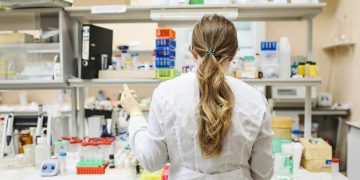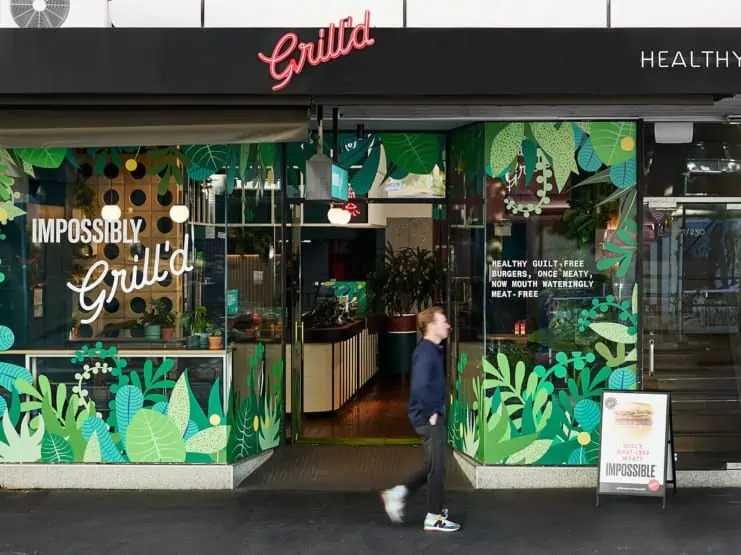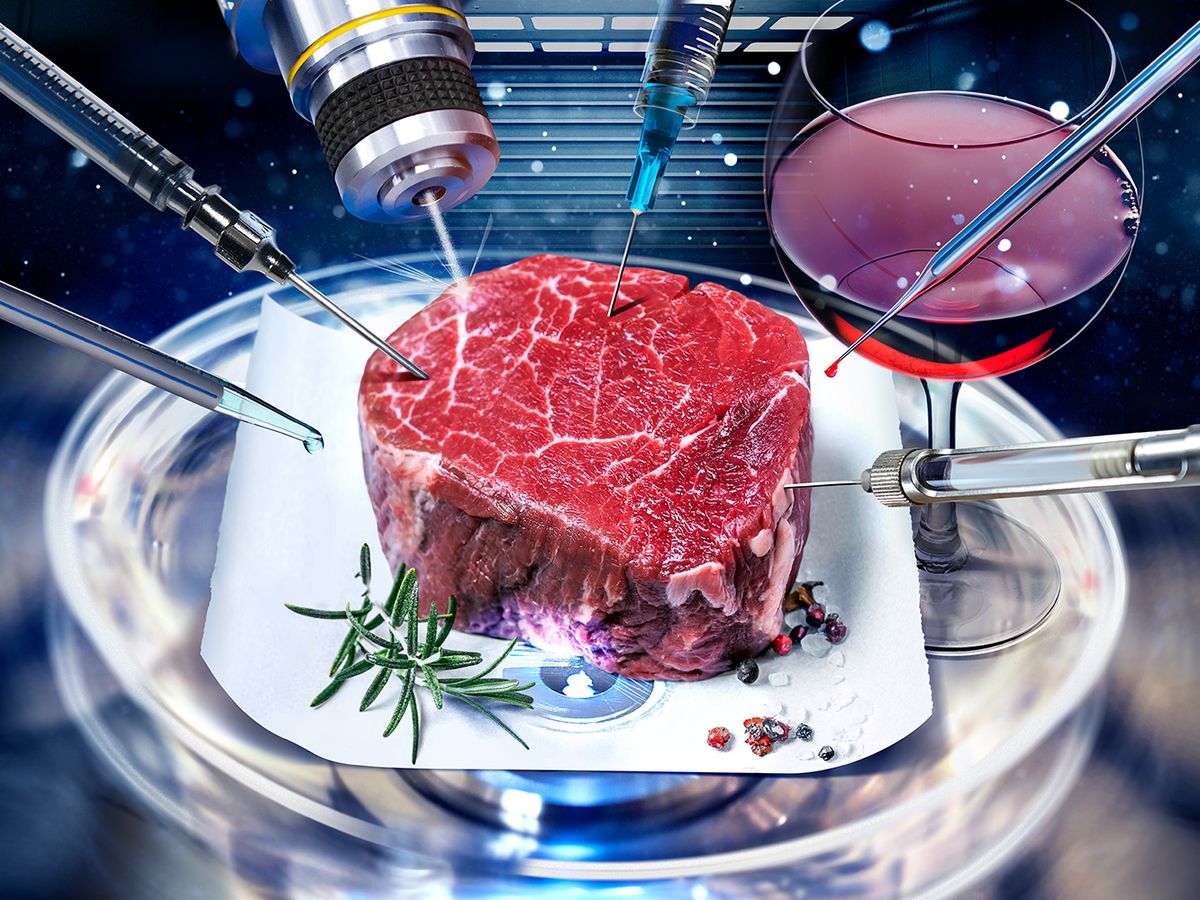By Seth Olson
Only nature and technology combined can improve the food system.
The food system has its own polarization problem. Regardless of which side of the aisle you sit on, you likely agree that our political system is broken. In the sustainable food world, almost everyone agrees that our food system is dysfunctional, yet infighting within the movement has intensified. The idealized visions of fixing the food system with a single philosophy — the two leading camps being technology-driven and nature-based — prevent the compromise and collaboration required to drive change across the globally complex food system.

And each side is getting more entrenched. “It’s very similar to politics,” said Ali Khademhosseini, CEO of the cultivated meat company Omeat. “If you can’t listen, then you cannot understand.”
We need to recognize that the status quo is a shared enemy and that a shared goal is a food system that works for both people and the planet. When we recognize more similarities between the technology-driven and nature-based camps than differences, we will be best able to enact change.
More similarities than differences
During a session on cellular and regenerative agriculture at the See Change Sessions in Vermont, I was struck by the similarities in approaches, criticisms and misperceptions of regenerative and cellular agriculture (such as cultivated meat).
[Want to learn more about where biodiversity meets the bottom line? Learn more about Bloom 23 — the leading event for professionals advancing strategies to protect nature.]
Critiques of both approaches included how the processes weren’t scalable, were more expensive and not technically feasible today. They also each face similar challenges in the market and public perception, such as underfunding, distrust in the science, lack of skilled labor and a bias for the status quo.

Given the similarities, there needs to be more collaboration versus competition between technology and nature to solve our food challenges.
** Click here to read the full-text **
















